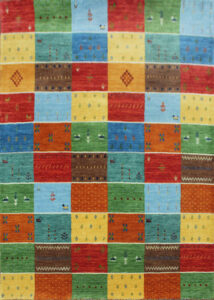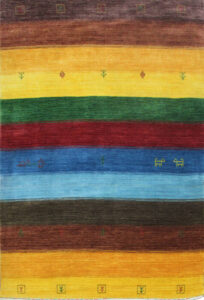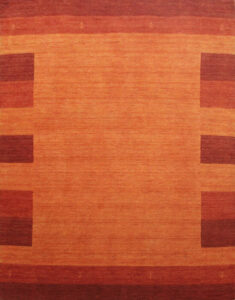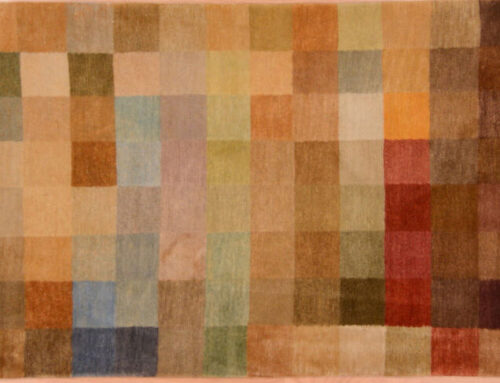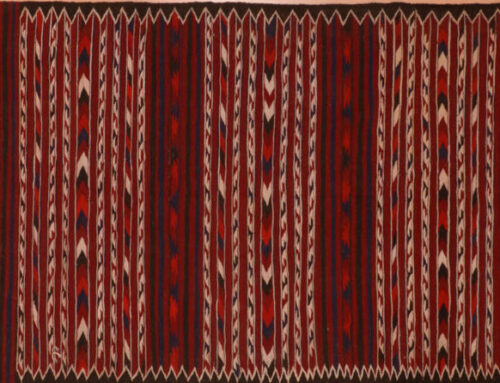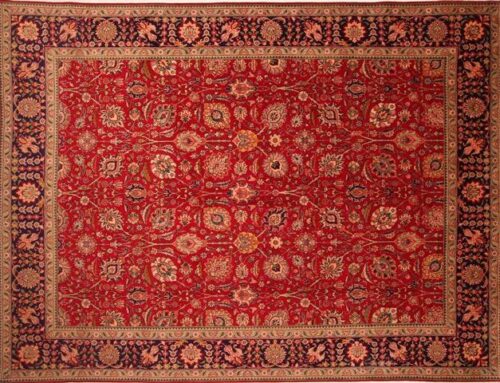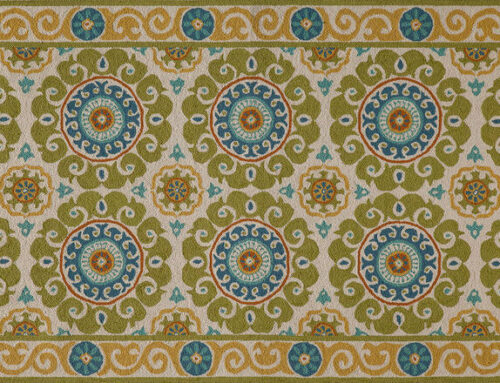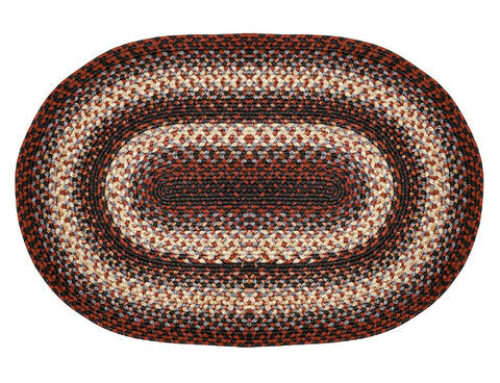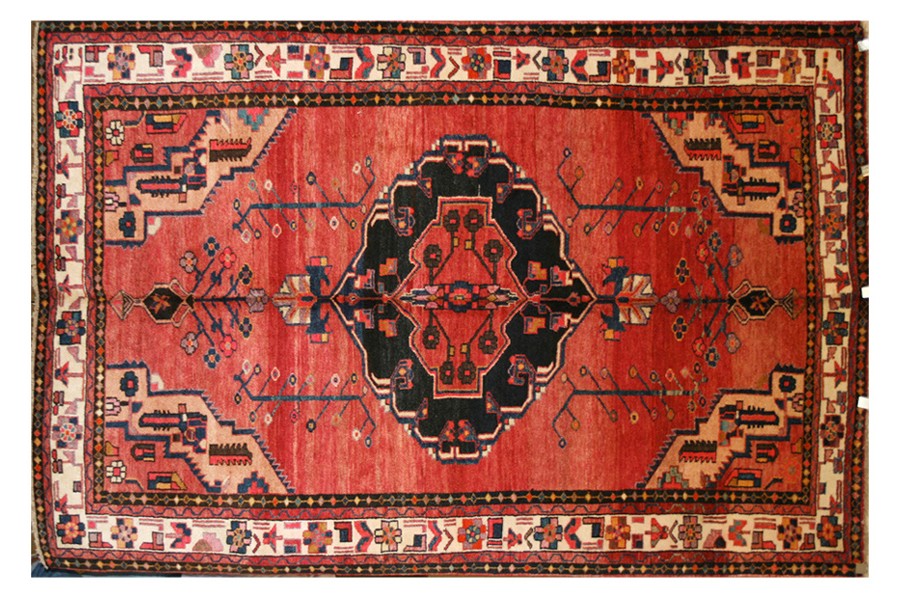
Origin of Luri Rugs 1
The Luri, also called “Lor” or “Lur,” are a large tribe living in the Lorestan Province and across the Zagros Mountains of western Iran. They are the oldest known tribe in Iran. Over the centuries, the Luri tribe have spread out from Lorestan and settled in the Khuzestan Province in southwestern Iran near the Persian Gulf. Today the Luri live among the Afshar, Bakhtiari, Kurdi, and Qashqai tribes. They reside in cities and towns in the region, but a small percentage still live as nomads, raising livestock and migrating semiannually. A historically significant Luri subtribe is the Mamassani.
History of Luri Rugs
Luri rugs began to be woven in the mid-nineteenth century. Luri weavers are known for making flatwoven rugs mostly for personal use. Some weavers use an extra weft for their flatwoven designs similar to the Soumal styles from the Caucasus region. Pile rugs are also woven. In addition, the Luri subtribe of the Yalameh makes rugs and carpets that are successfully marketed in Europe.
Until the mid-twentieth century, Luri rug sizes were woven in formats ranging from bags to rugs approximately ten feet by five feet, with Yalamehs reaching dimensions of up to twelve feet by nine feet. After this period, Luri sizes increased to small room dimensions.
It is important to note that after World War II, tribal rugs from Iran began to receive special attention in the world market. Production increased dramatically, and this had a largely positive economic mpact for all tribal weavers. Today any nineteenth-century tribal woven rug, including a Luri rug, is considered a collector’s item and is in demand in the antique market.
Characteristics of Luri Rugs
-
Material and Knots
Rugs from mid-nineteenth century to the 1920s have a wool foundation. From the 1920s onward, the weavers mainly used a cotton foundation.
Pile rugs are woven with the Turkish (symmetric) knot, although some occasionally are made with Persian (asymmetric) knots.
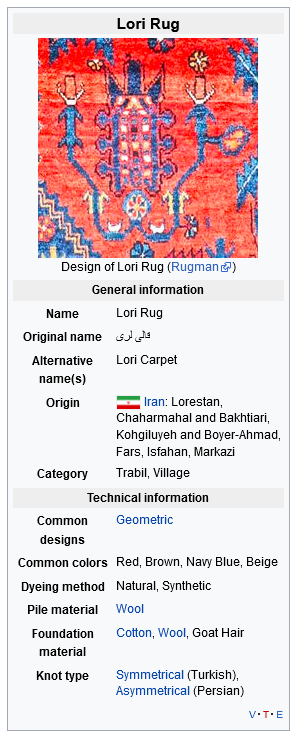
luri Rug Infobox | © WikiRug
-
Color
Early Luri rugs have traditional field colors of reds, blues, browns, and ivory. Since World War II, all shades of red, blue, green, gold, beige, cinnamon, brown, gray, and black are used for the background, borders, and design elements. These colors appear especially in Yalameh rugs in particularly charming and popular combinations.
The Luri tribe also makes Gabbeh rugs using the natural wool colors of white, brown, and black, which are fashionable in the Western market.
-
Design and Pattern
Luri designs are geometric, with tribal influences from Kurdistan and Turkmenistan. Luri rugs generally have an allover pattern featuring diamond-shaped lozenges with or without Hook motifs, as well as horizontal and vertical stripes, Turkeman Gul (flower), Shrub, Star, and S motifs, and leaves, animals, birds, flower heads, and other tribal motifs. Tribal movements and intermarriages among tribes resulted in design combinations.

